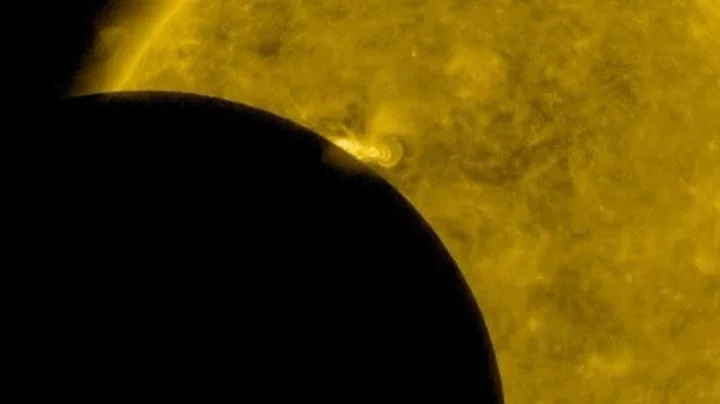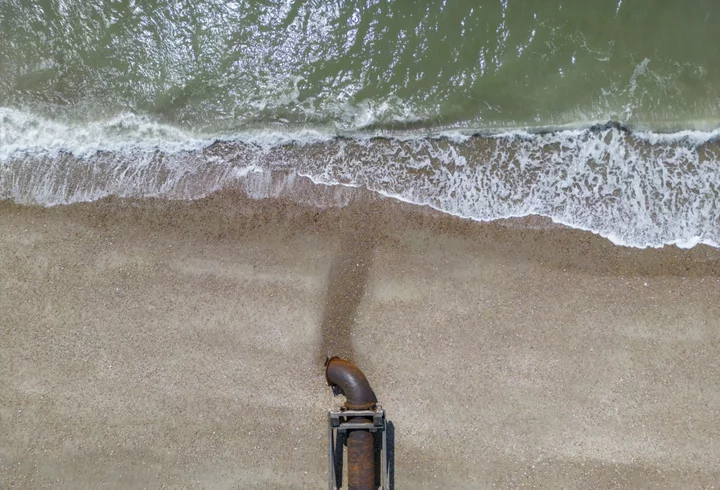A mysterious object crashed into the Moon last year, and scientists think they’ve finally figured out what it was.
On March 4, 2022, a piece of space junk hurtled towards the surface of our celestial companion, leaving behind not one but two craters – prompting speculation as to what exactly the manmade object was.
And now, in a paper published in the Planetary Science Journal, a team of researchers at the University of Arizona (UArizona) have offered “definitive proof” that it was a booster from a Chinese space rocket that had spent several years hurtling through space.
But the most interesting part of all this? The defunct piece of spacecraft was apparently carrying a secret cargo.
Initially, based on its path through the sky, the UArizona team thought it was an errant SpaceX Falcon 9 rocket booster from a 2015 launch.
However, after analysing how precise light signals bounced off its surface, they later concluded that it was more likely to be a booster from a Chang'e 5-T1 – a rocket launched back in 2014 as part of China’s lunar exploration programme.
And yet, the Chinese space agency denied ownership, insisting that their rocket booster burned up in the Earth's atmosphere upon re-entry.
But the US Space Command refuted this claim by revealing that the rocket’s third stage never re-entered the planet’s atmosphere.
Furthermore, two key pieces of evidence gathered by the UArizona researchers suggested that there was more to the object than just a simple abandoned rocket booster.
Firstly, the way it reflected light.
The paper’s lead author, Tanner Campbell, explained in a statement: "Something that's been in space as long as this is subjected to forces from the Earth's and the moon's gravity and the light from the sun, so you would expect it to wobble a little bit, particularly when you consider that the rocket body is a big empty shell with a heavy engine on one side.
“But this was just tumbling end-over-end, in a very stable way."
In other words, the rocket booster must have had some kind of counterweight to its two engines, each of which would have weighed around 545kg (1,200lbs) without fuel.
The stability with which the object rotated led Campbell and his colleagues to deduce that “there must have been something more mounted to [its] front”.
Secondly, the team were struck by the impact the booster left when it slammed into the Moon.
It created two craters, around 100ft (30.5 metres) apart, instead of one, which, according to Campbell was very unusual.
He pointed out that the craters left behind by Apollo rockets are either round, if the object came straight down, or oblong if it crashed down at a shallow angle.
"This is the first time we see a double crater," he said. "We know that in the case of Chang'e 5 T1, its impact was almost straight down, and to get those two craters of about the same size, you need two roughly equal masses that are apart from each other."
And yet, despite the rigour of their investigation, the UArizona team have been unable to identify what exactly this additional object was.
"We have no idea what it might have been – perhaps some extra support structure, or additional instrumentation, or something else," Campbell admitted.
"We probably won't ever know."
Sign up for our free Indy100 weekly newsletter
Have your say in our news democracy. Click the upvote icon at the top of the page to help raise this article through the indy100 rankings









